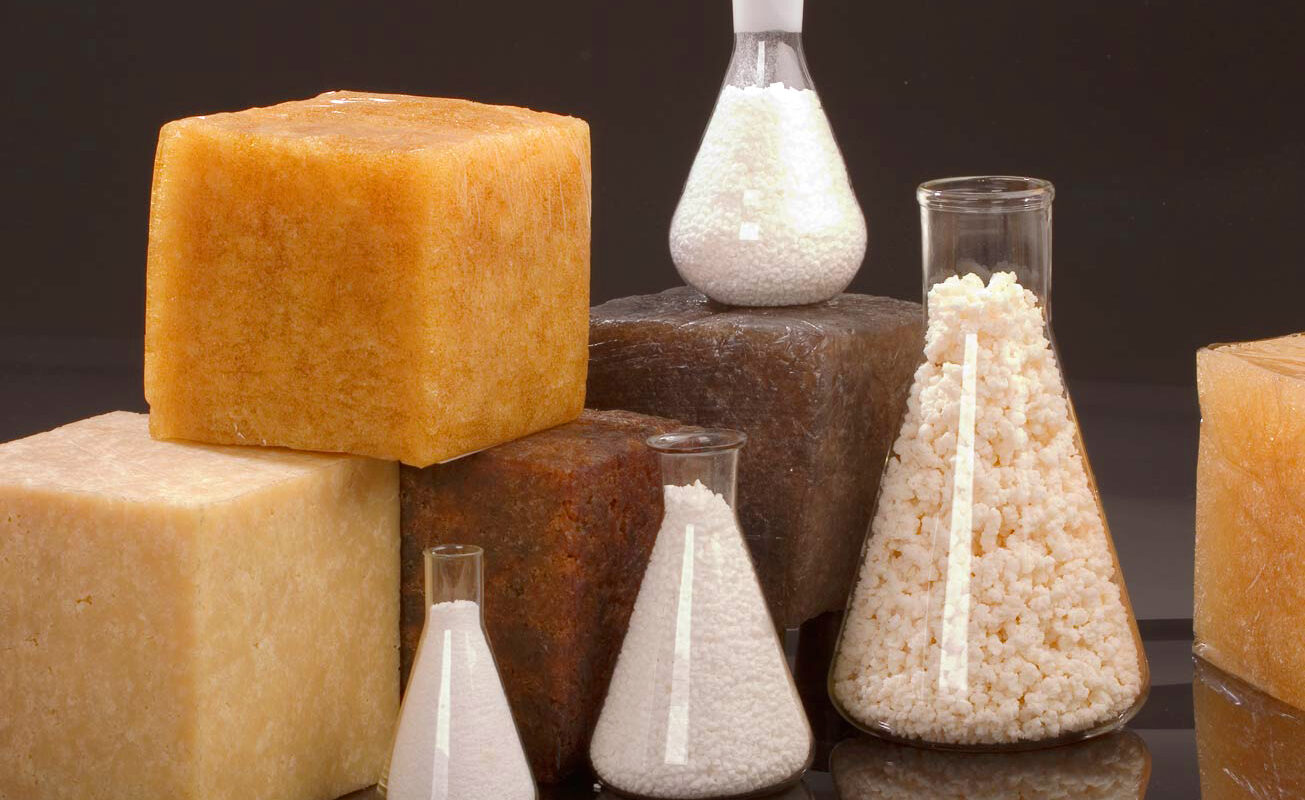Butadiene is a colorless gas with a mild aromatic odor. It is an important monomer that is used to produce synthetic rubber and plastics. Butadiene was first identified in 1933 and its production on an industrial scale began shortly after. Today, butadiene is one of the twenty most produced chemicals globally with over 10 million metric tons manufactured annually.
Production of Butadiene
Butadiene is produced commercially through two main processes – steam cracking of hydrocarbons and catalytic dehydrogenation of normal butenes. Steam cracking, also known as thermal cracking, involves heating petroleum feedstocks such as naphtha, condensates and gas oils in the presence of steam to break long-chain hydrocarbons into shorter fragments. This is the predominant method used today and accounts for over 70% of global Butadiene production. Catalytic dehydrogenation involves the catalytic removal of hydrogen from normal butenes, primarily 1-butene, over an acidic catalyst at high temperatures. This process is less energy intensive and remains an important secondary production route.
Major end uses of Butadiene
The main end use of butadiene is in the production of synthetic rubber. Around 60% of all butadiene produced is converted to styrene-butadiene rubber (SBR). SBR is a general-purpose rubber that provides good strength, abrasion resistance and elasticity. It finds widespread application in tires, footwear, adhesives and other rubber products. Butadiene is also used to synthesize polybutadiene rubber which has very high strength and resilience. Around 30% of butadiene output is used to make polymers such as plasticized polyvinyl chloride (PVC), acrylonitrile-butadiene-styrene (ABS) resins, and styrene-butadiene latex for carpet backing and paper coating applications.
Properties enabling versatile applications
The unique properties of Butadiene allow it to serve as a versatile building block in many polymers. Its reactive carbon-carbon double bonds can participate in addition polymerization reactions with various monomers. Butadiene brings elasticity to synthetic rubbers and toughens plastics by forming cross-links within polymer matrices. As a terminal alkene, it shows stereoselectivity during reactions leading to copolymers with tailored microstructures. Butadiene enhances the flexibility and impact strength of plastics without impairing their mechanical and electrical properties. Its low reactivity under ambient conditions permits ease of handling and transport.
Environmental and health regulations
While an important monomer, butadiene is also recognized as a potential human carcinogen based on animal studies and occupational exposure data. Inhalation or skin contact with butadiene can increase cancer risks according to regulatory agencies. Its complete combustion produces carbon dioxide and water but incomplete burning generates other air pollutants. Various international agencies like the U.S. EPA, EU, IARC have classified butadiene as a Group B2, Group 2A and Group 2B carcinogen respectively depending on the strength of available evidence. Manufacturing facilities and downstream polymer producers have instituted stringent control measures and monitoring systems to restrict workplace exposures and ambient emissions within regulatory guidelines.
With global demand for synthetic rubbers and plastics growing steadily, butadiene production capacity is also being expanded through new plants and technology upgrades. The market is expected to grow 3-4% annually driven by applications in tires, consumer goods and infrastructure development. Recycling of ABS resins back to butadiene is being investigated to improve resource efficiency. New production methods using renewable feedstocks can help reduce dependence on non-renewable resources. Continuous efforts to advance worker safety and implement zero discharge norms will be crucial to balance economic and environmental priorities in the butadiene industry’s sustainable growth.
*Note:
1. Source: Coherent Market Insights, Public sources, Desk research
2. We have leveraged AI tools to mine information and compile it




